Play! Smart
Play! Smart is one of the key pillars of our Play! Philosophy. It refers to strategic thinking and mindset. We teach you tennis tactics and ways to take charge of your emotions.
If you've ever found yourself wondering why your performance on the practice court doesn't translate to tennis matches, you're not alone. Many tennis players and competitive athletes experience this. I help uncover the reasons behind this common issue and provide actionable tips to help you overcome it.
Maintaining focus during a tennis match is crucial for optimal performance. Distractions, both internal and external, can significantly impact your gameplay and decision-making.
Are you one of the many tennis players who've found themselves at the mercy of a great 'pusher'—that person who seems to return every shot with a frustratingly accurate, yet seemingly effortless stroke? Fear not, for this guide is your ticket to turning the tide against the relentless and often underrated pusher!
Tennis, often described as a "game of inches," is as much a mental sport as it is physical. From baseline rallies to intense volleys at the net, the game demands razor-sharp focus and unwavering mental resilience. Professional players consistently demonstrate their mental fortitude through structured pre-point and post-point routines that keep them at the top of their game.
Preparing mentally for a tennis tournament is as crucial as physical training, if not more. A player's ability to stay focused, manage stress, and maintain a positive attitude can significantly influence performance on the court. This introductory guide aims to provide strategies and insights to help tennis players mentally prepare for tournaments, ensuring they step onto the court with confidence, resilience, and a clear mindset.
Successfully returning powerful tennis serves requires a combination of anticipation, quick reflexes, and strategic positioning. This guide aims to equip players with the essential techniques and insights needed to effectively counter strong serves.
Winning a tennis match is a chess game fought on a court. Each move is a carefully calculated step to outmanoeuvre the other. Understanding your opponent, their strengths, weaknesses, and patterns, is critical to your game. It's not enough to just hit a great forehand or serve an ace; you need to anticipate your opponent's shots.
One of the fundamental skills in tennis is mastering the forehand and backhand strokes. While both are equally important, many players struggle with their backhands more than their forehands. In fact, it has been said that the backhand is one of the most difficult shots to master in tennis.
For tennis players, the interplay between power and control is the essence of the game—a delicate balance that every player must learn to handle. The choice to lean towards more power or more control is a pivotal decision that can dictate not only your playing style but also the outcome of a match.
One of the essential skills a tennis player must learn is how to hold serve consistently. Holding serve is when a player wins the game they are serving, without being broken by their opponent. In this blog post, I'll go over the key elements to holding serve in tennis.
When it comes to hitting a tennis ball, there are different schools of thought on whether to go flatter or spin it up with more topspin. While some players prioritise flatter shots to increase the ball's speed and power, others opt for topspin to create a higher bounce and better control. The choice ultimately depends on your playing style and strategy, as well as your opponent's weaknesses.
Backhand slices are an underrated shot in tennis. They are not flashy like a forehand winner or a big serve, but they can be just as effective. Incorporating a backhand slice into your game can give you an edge over your opponents. This shot is useful in multiple scenarios and can give you the ability to control the pace of the game while simultaneously setting your opponents up for errors.
The backhand is a fundamental shot in tennis that can be hit with two different swings: the slice backhand and the topspin backhand. Both shots are equally important and have their unique advantages. However, many players struggle to choose between the two and often wonder which is a better shot.
Are you your own worst enemy on the court by overthinking and second-guessing your every move? Overthinking can have detrimental effects on your performance in tennis. It can lead to hesitation, which can result in missed shots and lost points. It also takes away from being present in the moment, causing you to lose focus and miss opportunities to capitalise on your opponent's errors.
Have you ever noticed tennis players bouncing the ball several times before serving? It’s not just a quirk or a nervous habit. There’s a reason why players do this. It’s a widely used tactic in tennis that players use to get themselves in the zone and mentally prepare for their serve. In this blog, I'll take a closer look at why tennis players bounce the ball before serving.
Momentum refers to the psychological advantage that one player gains over another by winning a few consecutive points or games. When a player wins a few points in a row, it can impact their opponent's confidence, leading to mistakes and missed opportunities. Gaining momentum in tennis is crucial because it gives the player a sense of control, and it puts pressure on the opponent to try and regain control.
One of the biggest fears that tennis players often grapple with is the fear of missing a shot and sending the ball flying out of bounds. This fear often results in players playing it safe and hitting weaker shots, which can ultimately impact their performance and confidence on the court. However, overcoming the fear of hitting the tennis ball out is not impossible.
In the vibrant world of tennis, you'll encounter a diverse array of players, each with their unique style, strategies, and idiosyncrasies. From the relentless baseliner to the crafty serve-and-volleyer, from the calm and composed player to the fiery competitor, the tennis court is a stage where distinct characters come to life.
If you're a tennis fan, you've probably heard the name Carlos Alcaraz. He became the youngest world No. 1 ever following his win at the US Open in 2022. At just 20 years old, the Spanish prodigy has already won 2 Grand Slams. Behind every great tennis player is an even greater coach.
Playing against a counter puncher in tennis can be tricky. They will run down every ball and consistently send it back over the net, forcing you to be the aggressor. However, there are ways to beat a counter puncher and come out victorious.
Wimbledon, arguably the most prestigious tennis tournament in the world, takes place on grass courts. Playing tennis on grass is a unique experience that requires a different skill set than playing on clay or hard courts. Here are some tips to help you play better on grass courts.
Rafael Nadal is arguably one of the greatest tennis players, and he is a leftie. When he was a child, he used two hands for both his forehand and backhand - until he was advised to opt for a single-handed forehand. Despite being primarily right-handed, Nadal followed his instinct and played tennis as a lefty.
No one wants to be the losing player. Regardless of whether you're playing against your friends or an opponent in a tournament, losing is never fun. However, it's crucial to understand that losses are a part of the game, and it's the attitude towards these losses that can make all the difference.
It's time to make some serious moves that will help raise your scores and shift you from an average player into one who feels confident in their abilities. With simple strategies and changes in mindset, you can take control of your match play and experience more success when competing on the court. Let's explore how you can play better in tennis matches.
If you're a tennis player who loves the sport and wants to improve, then you must know that playing with better players is the fastest way to get better. You've probably heard the saying, "If you want to be the best, play with the best."
Tennis is one of the most popular sports around the world played by millions of players each year. It's a game of agility, precision, and a test of mental toughness. But even for the best of players, errors are an unavoidable part of the game.
In recent years, many of the players especially in the men’s tour have opted for a deeper return position rather than the more traditional return position at the baseline to block or return early. The stand-out player on tour with a deep return position is Daniil Medvedev. He is probably the only player who stands so far behind the baseline to return the serves of his opponent on all surfaces.
Have you ever had one of those games where you seem to be making mistake after mistake in tennis? It is frustrating, and it can ruin your momentum, lead to self-doubt, and ultimately, negatively impact your performance. Fortunately, there are practical steps you can take to minimise your errors and take your tennis game to the next level.
Are you looking to add more aggression to your tennis game? Being aggressive is a key element in tennis, and it can make a huge difference in the outcome of a match. Aggressive players take control and put pressure on their opponents, forcing errors and creating opportunities to win points.



















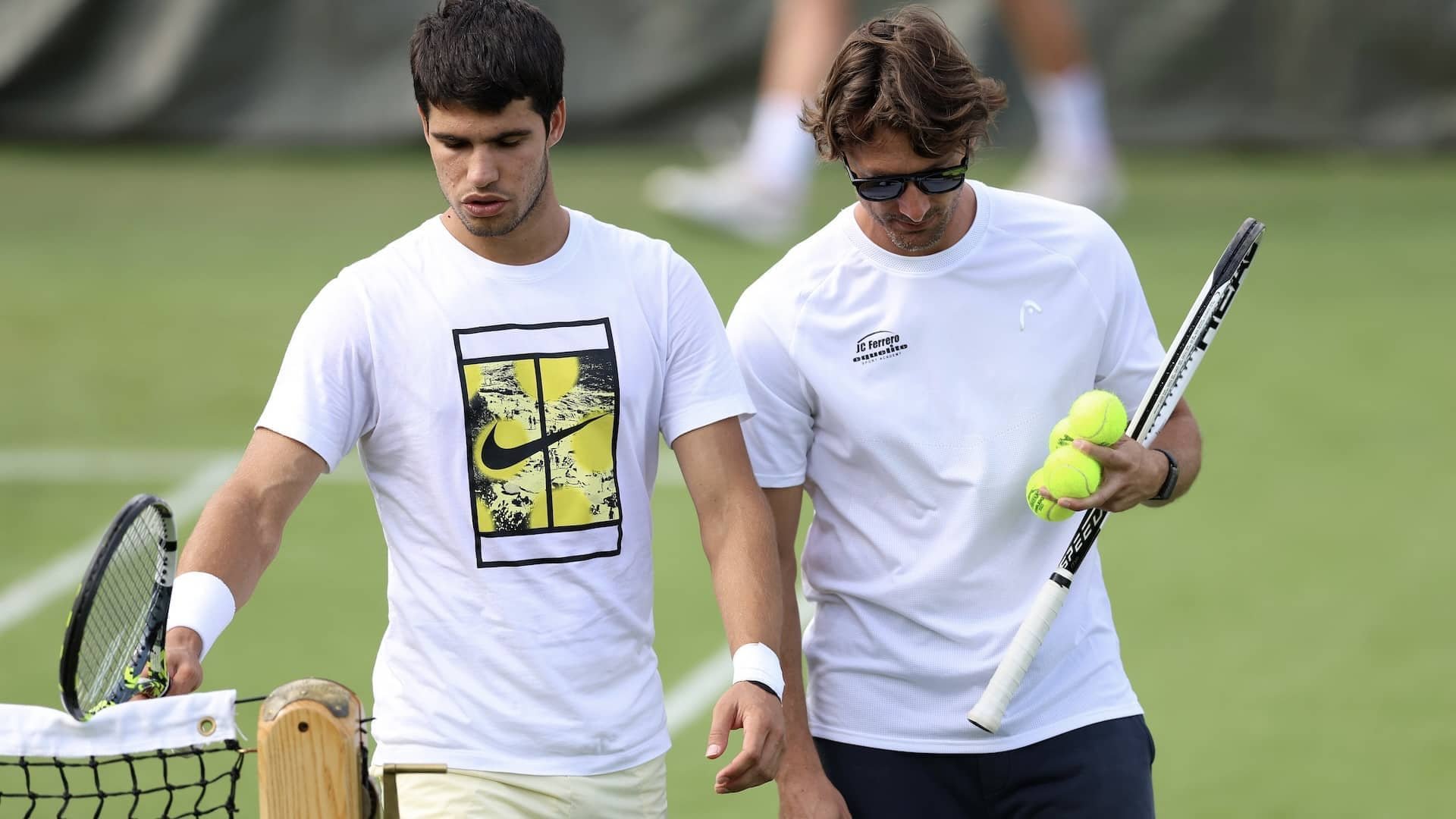
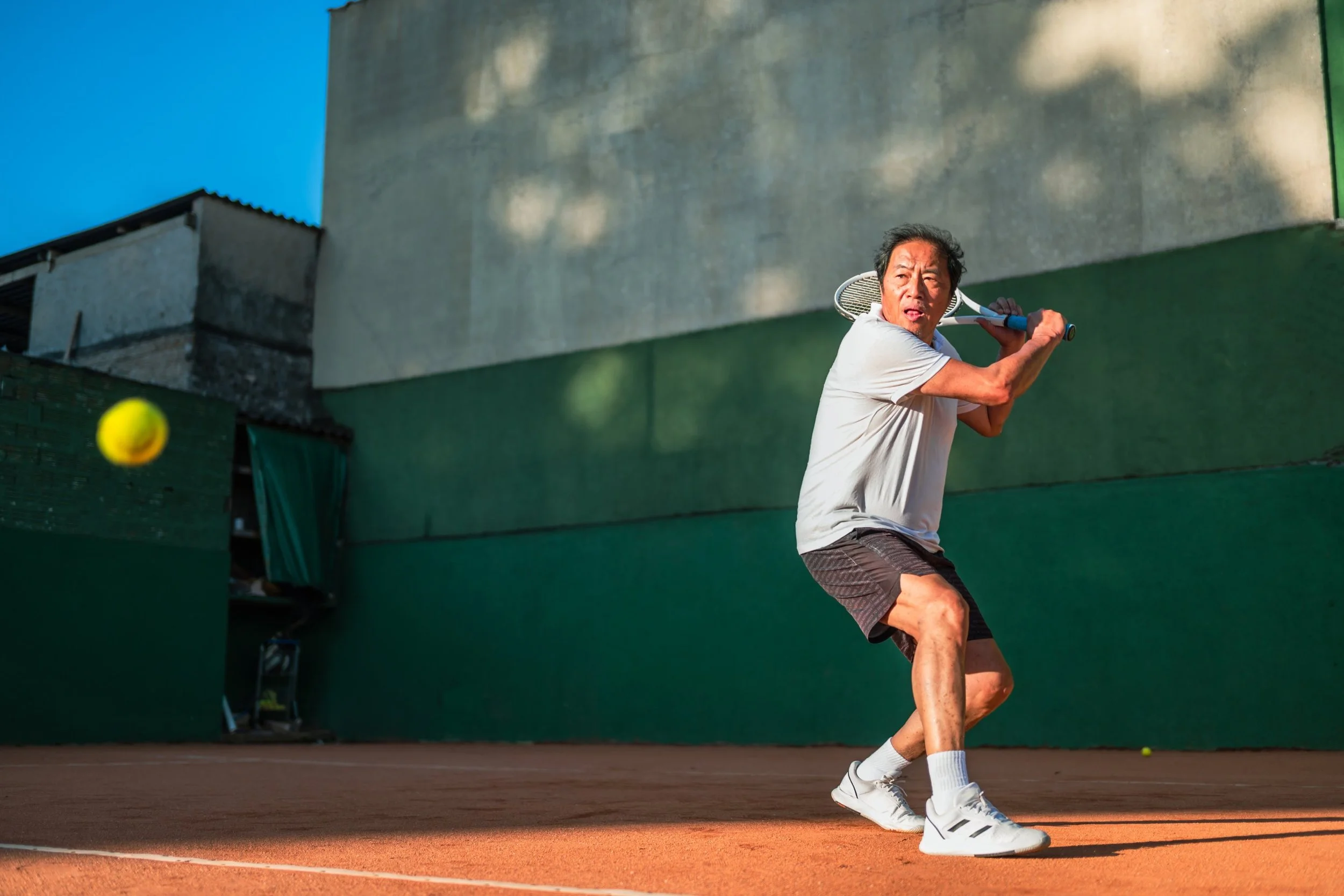

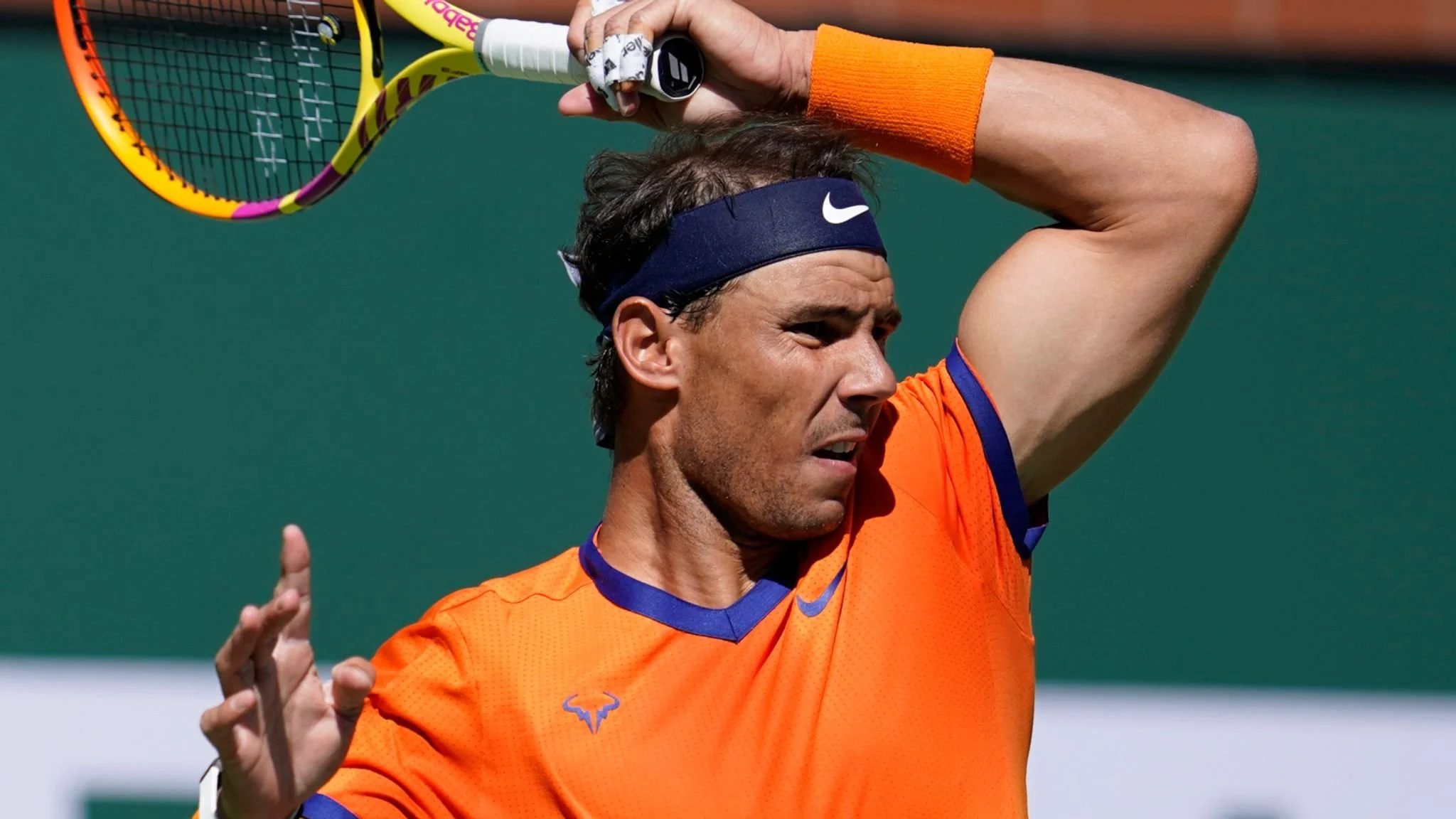







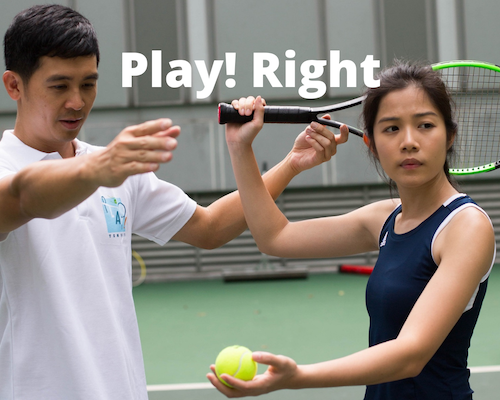
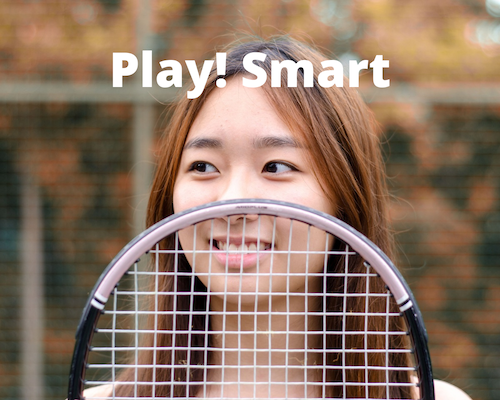
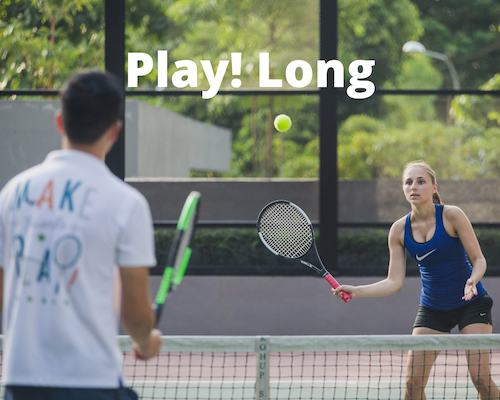

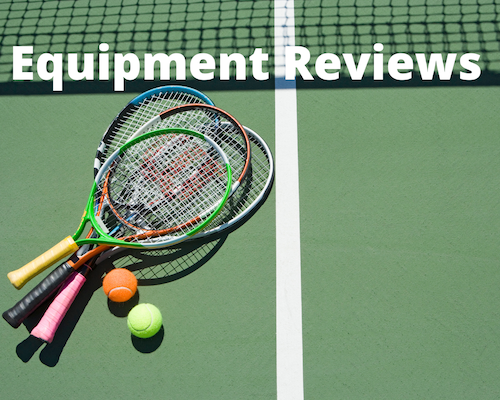

As tennis enthusiasts, we often look for ways to enhance our skills, improve our fitness, and keep our love for the sport alive. With the rise of pickleball—an engaging sport that blends elements of tennis, badminton, and table tennis—many tennis players are asking if playing pickleball will help their tennis games.